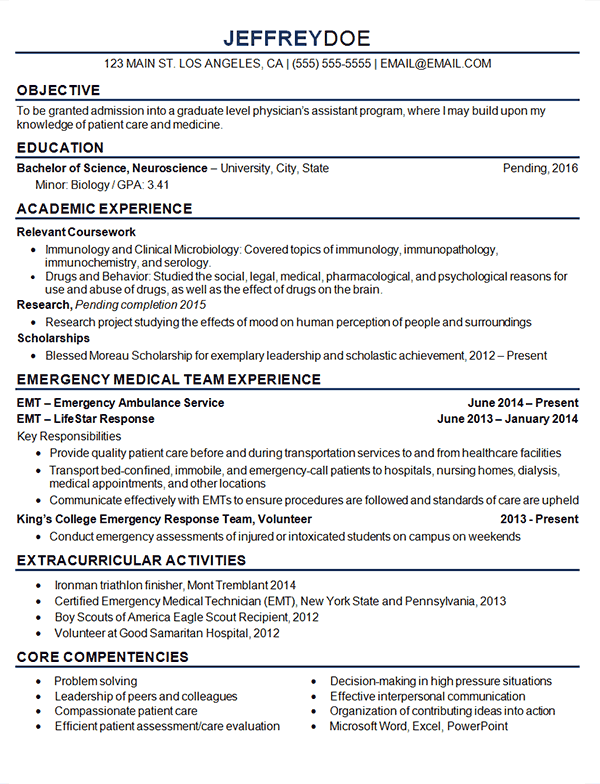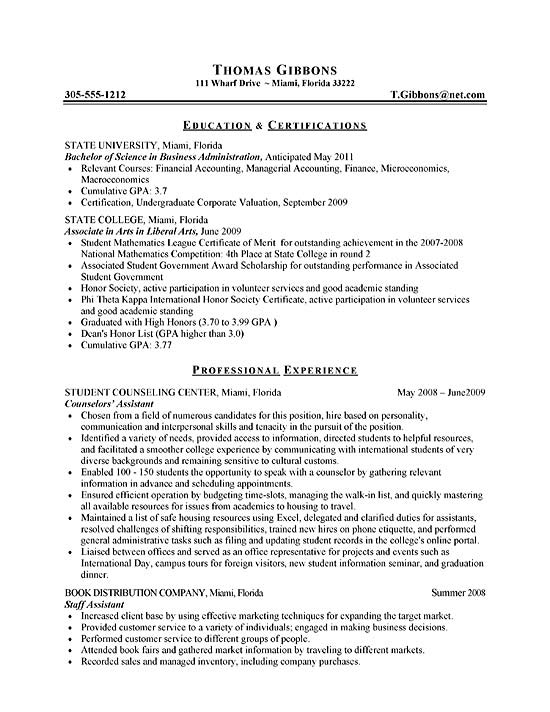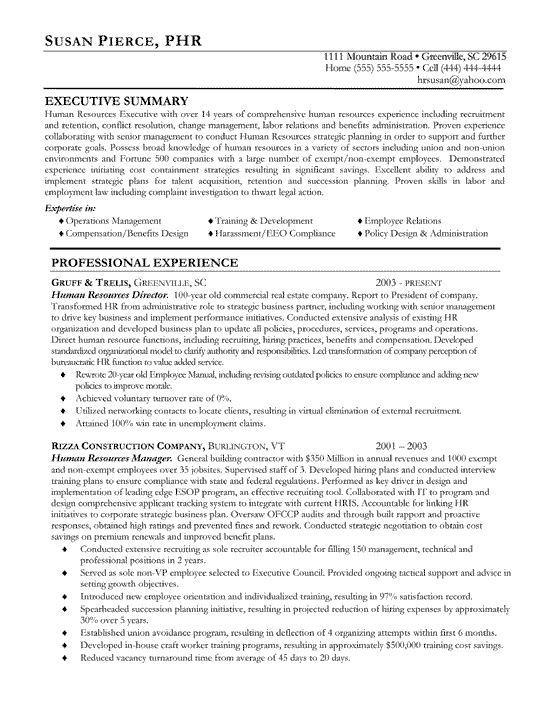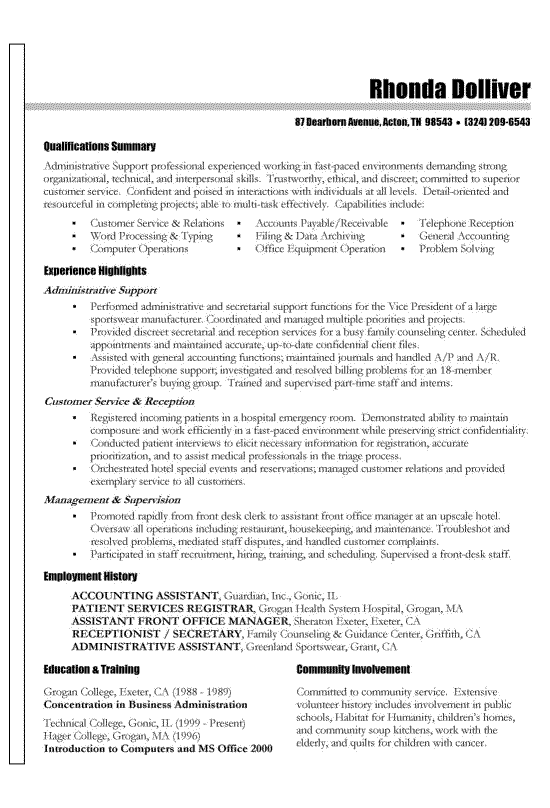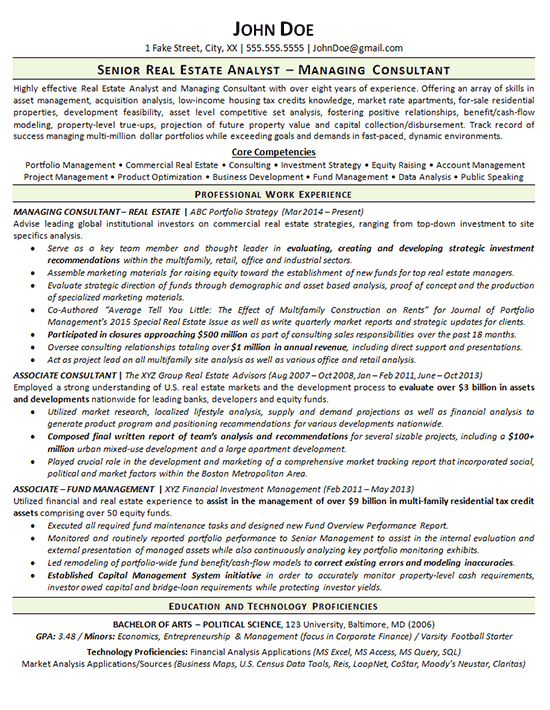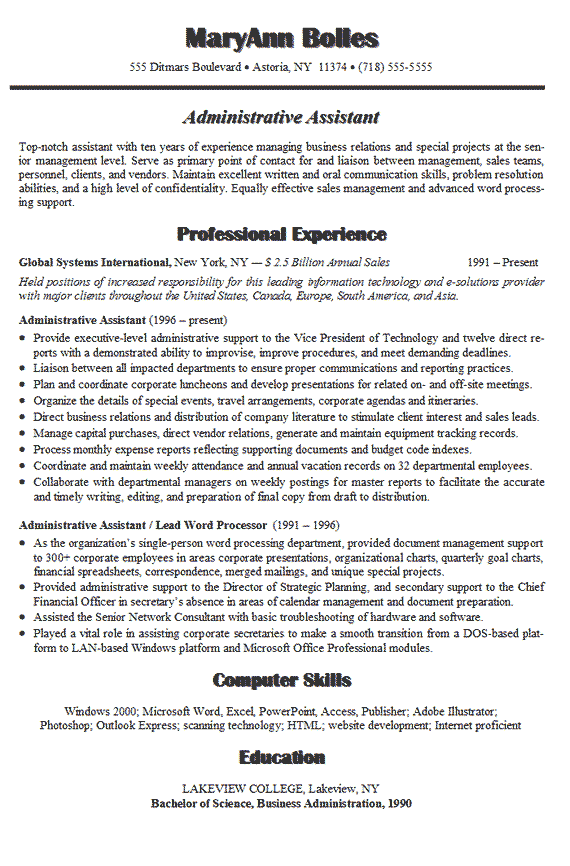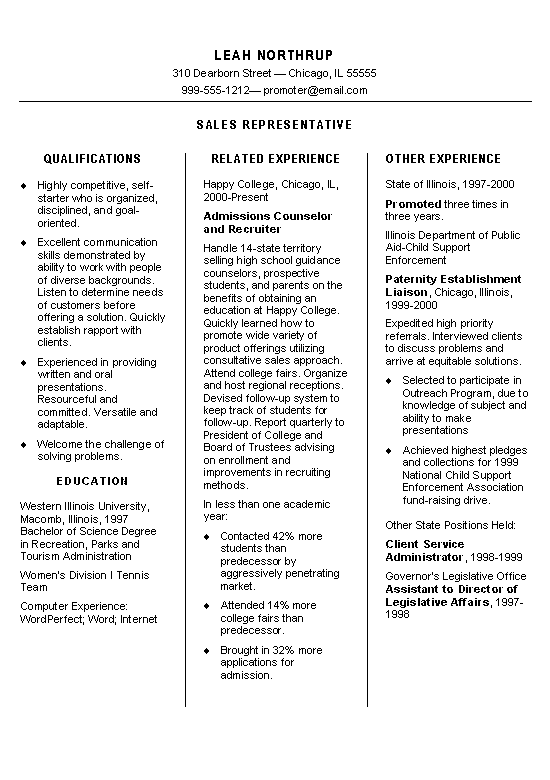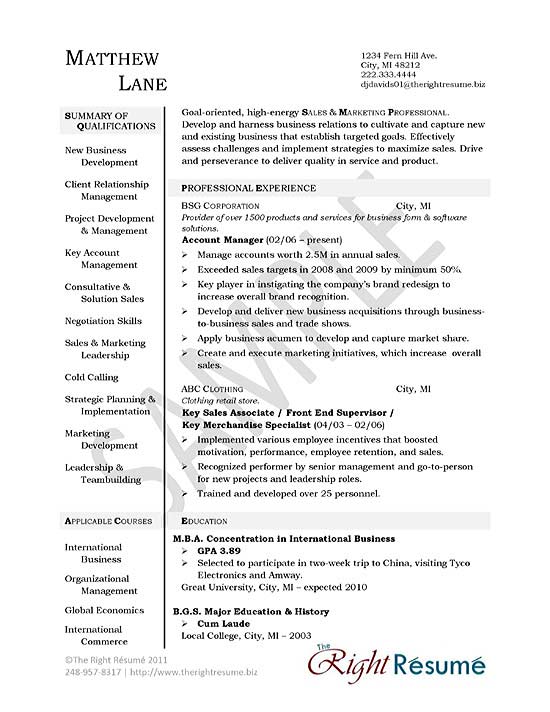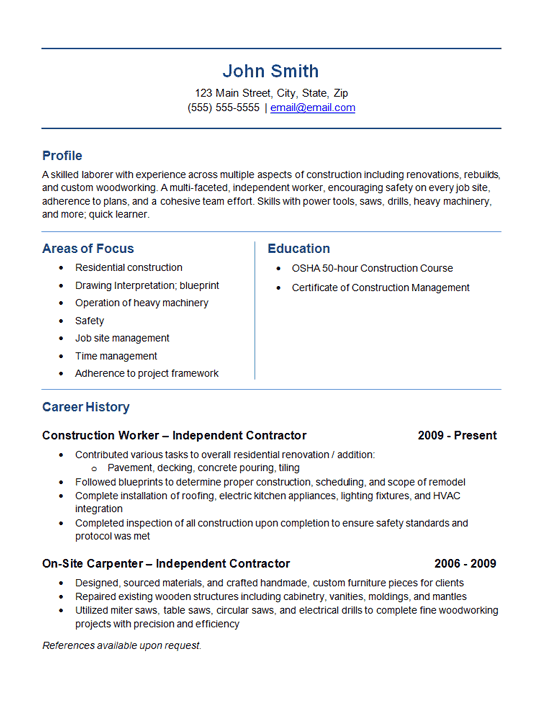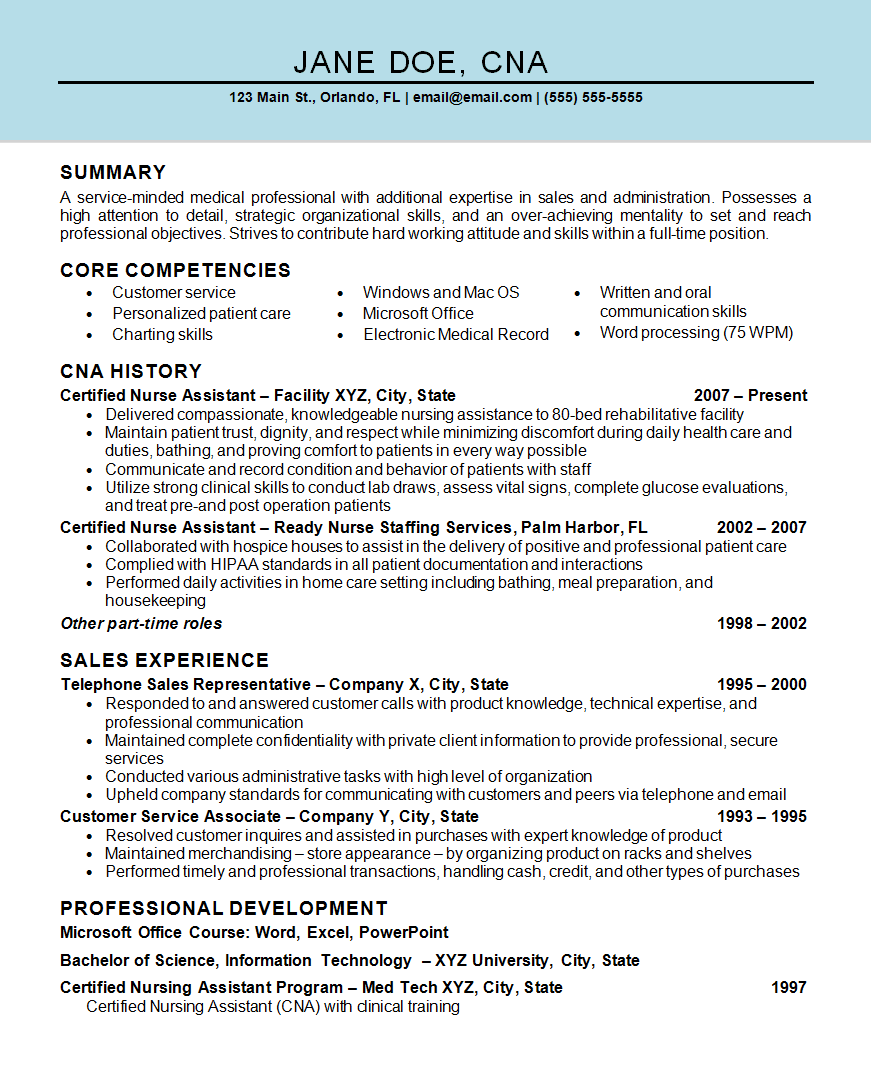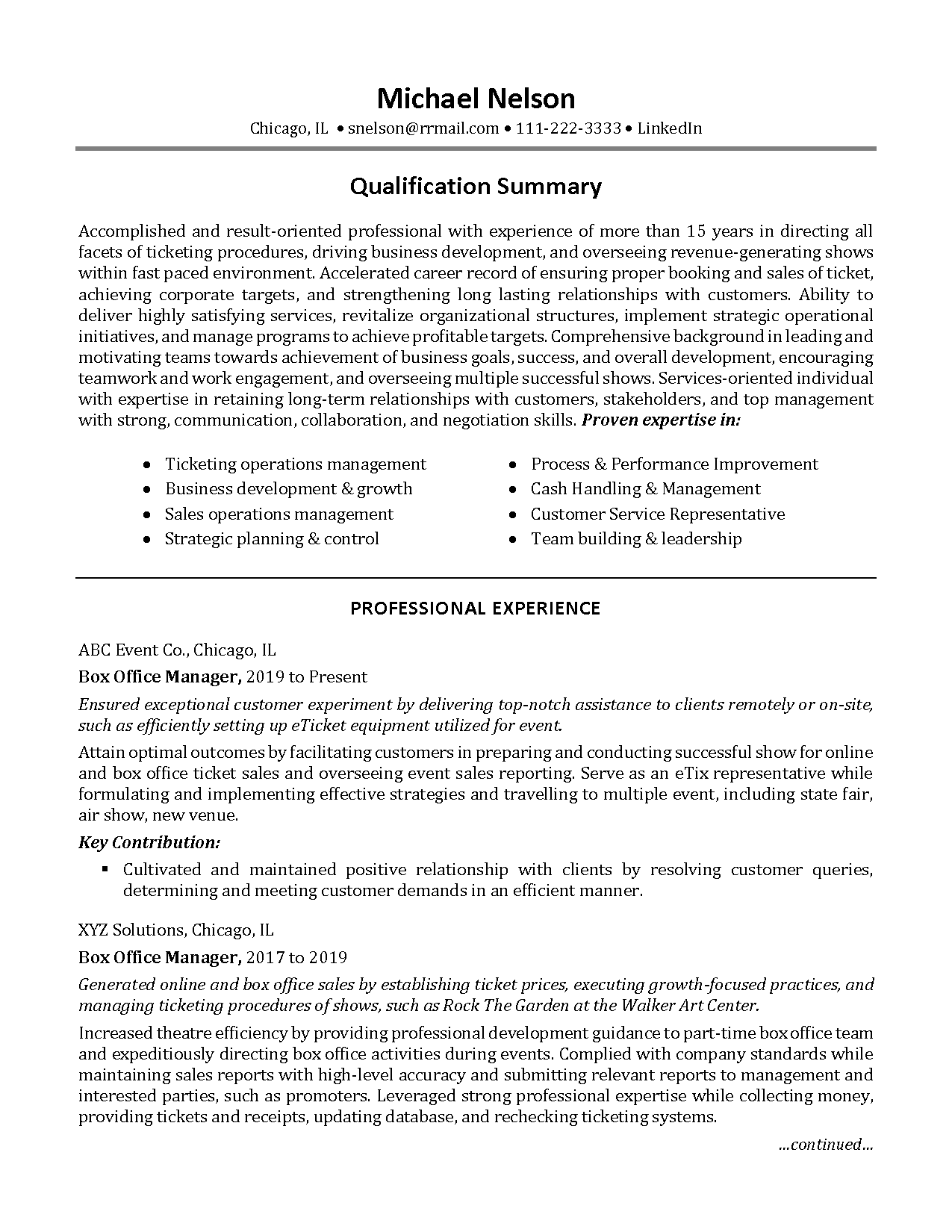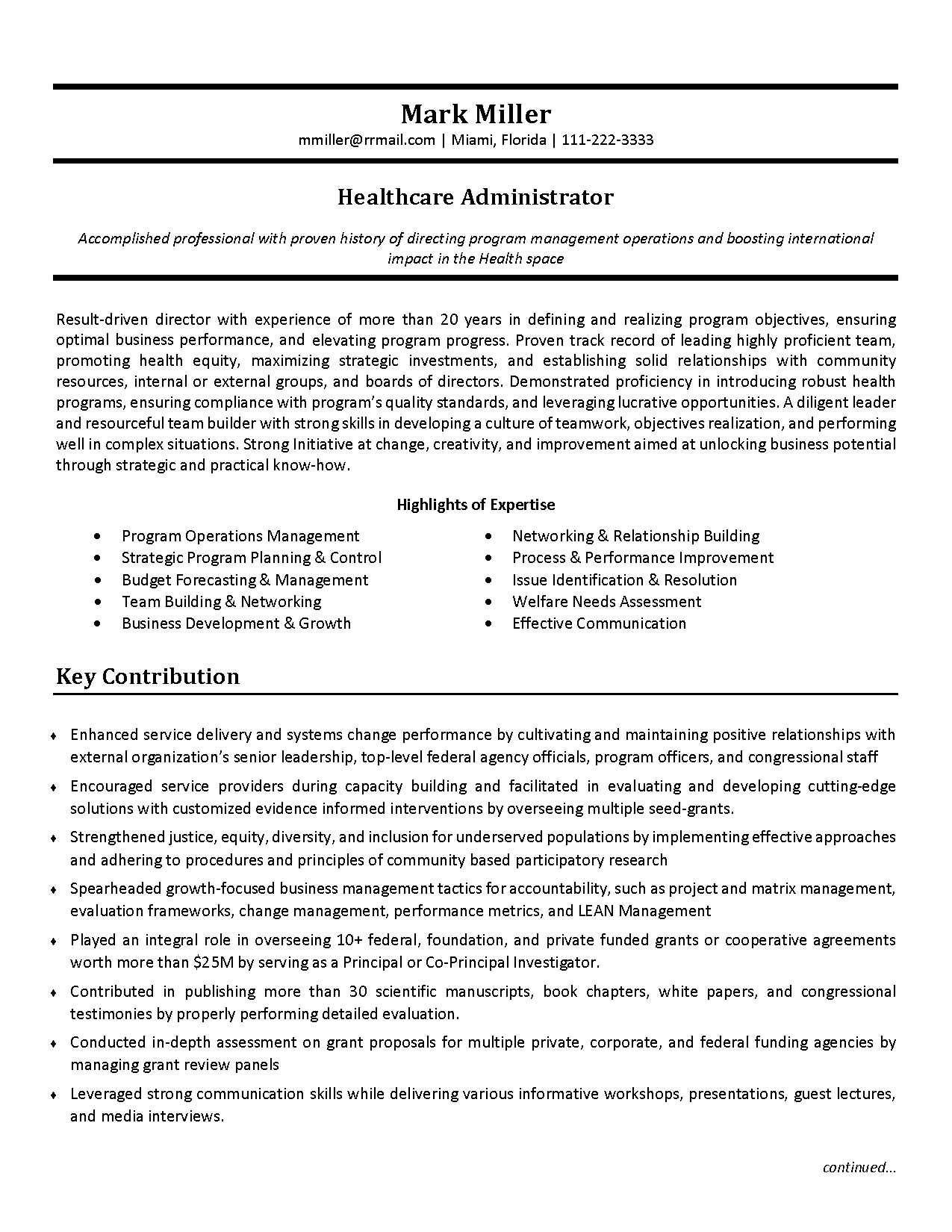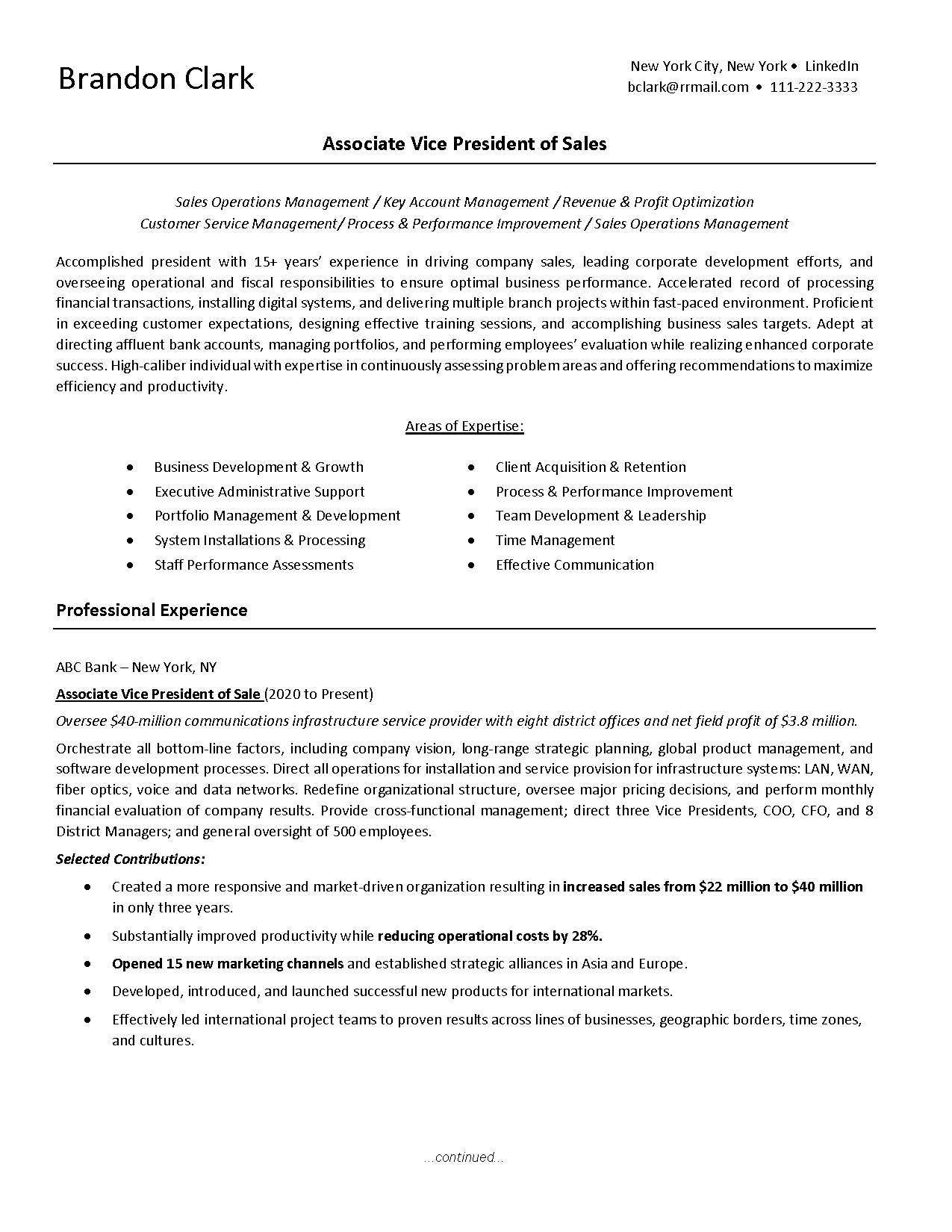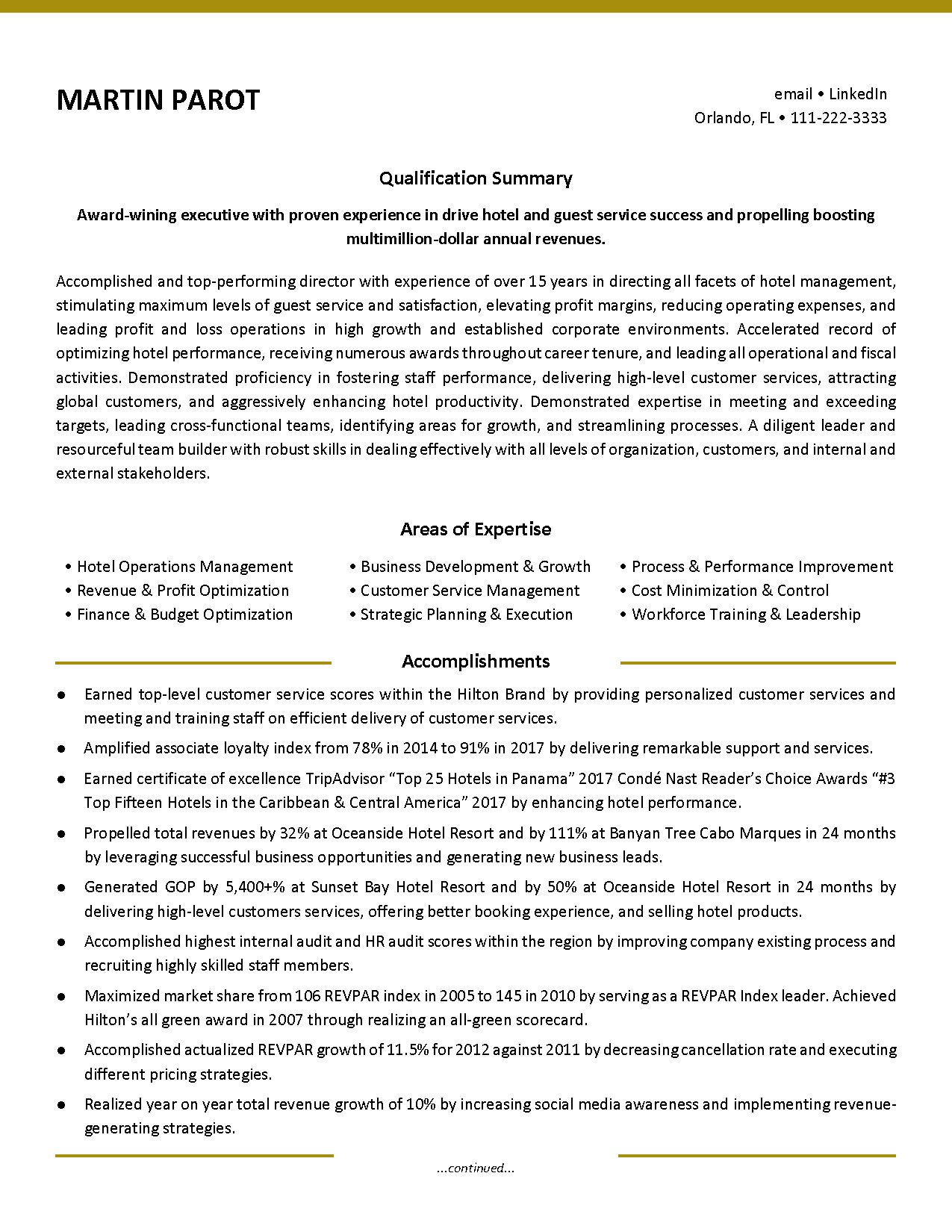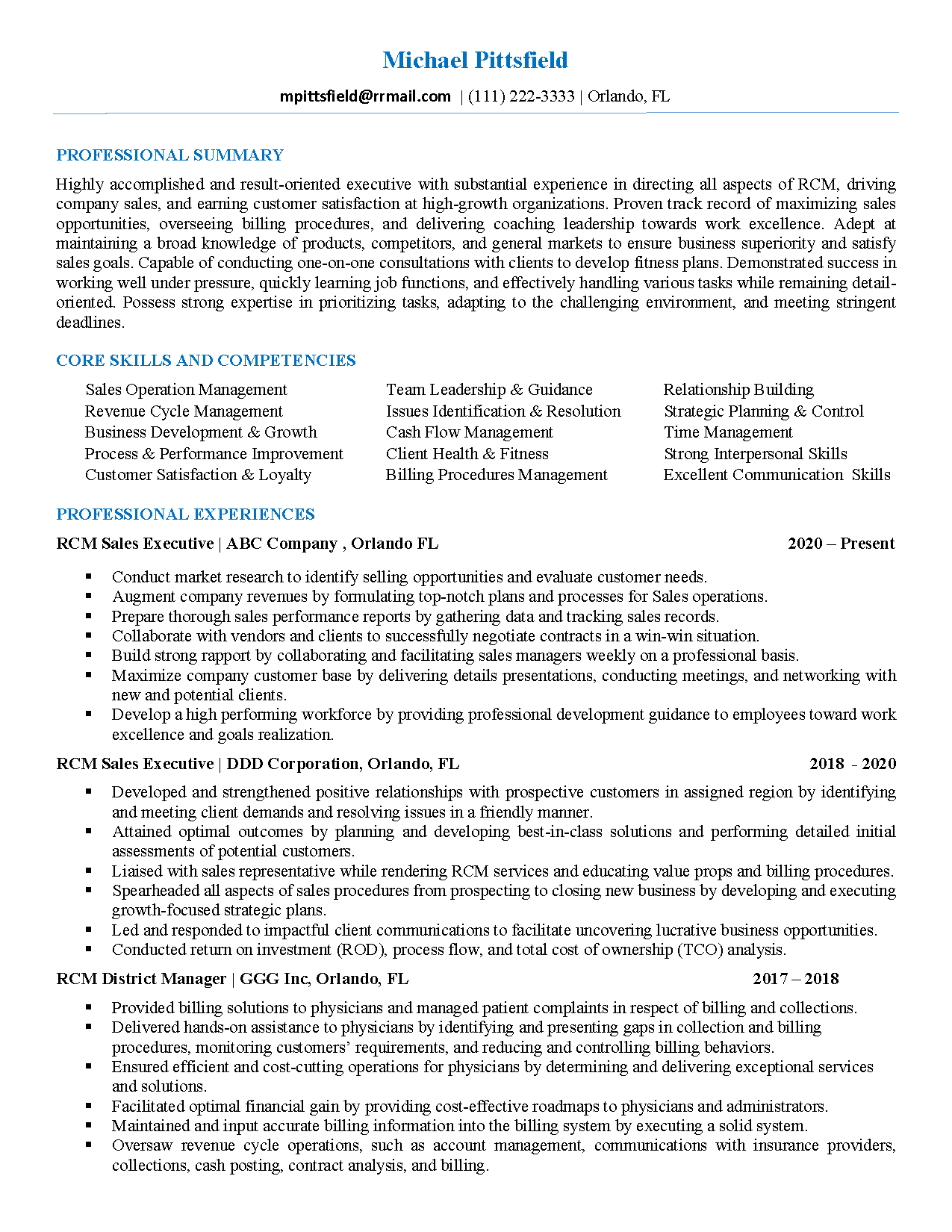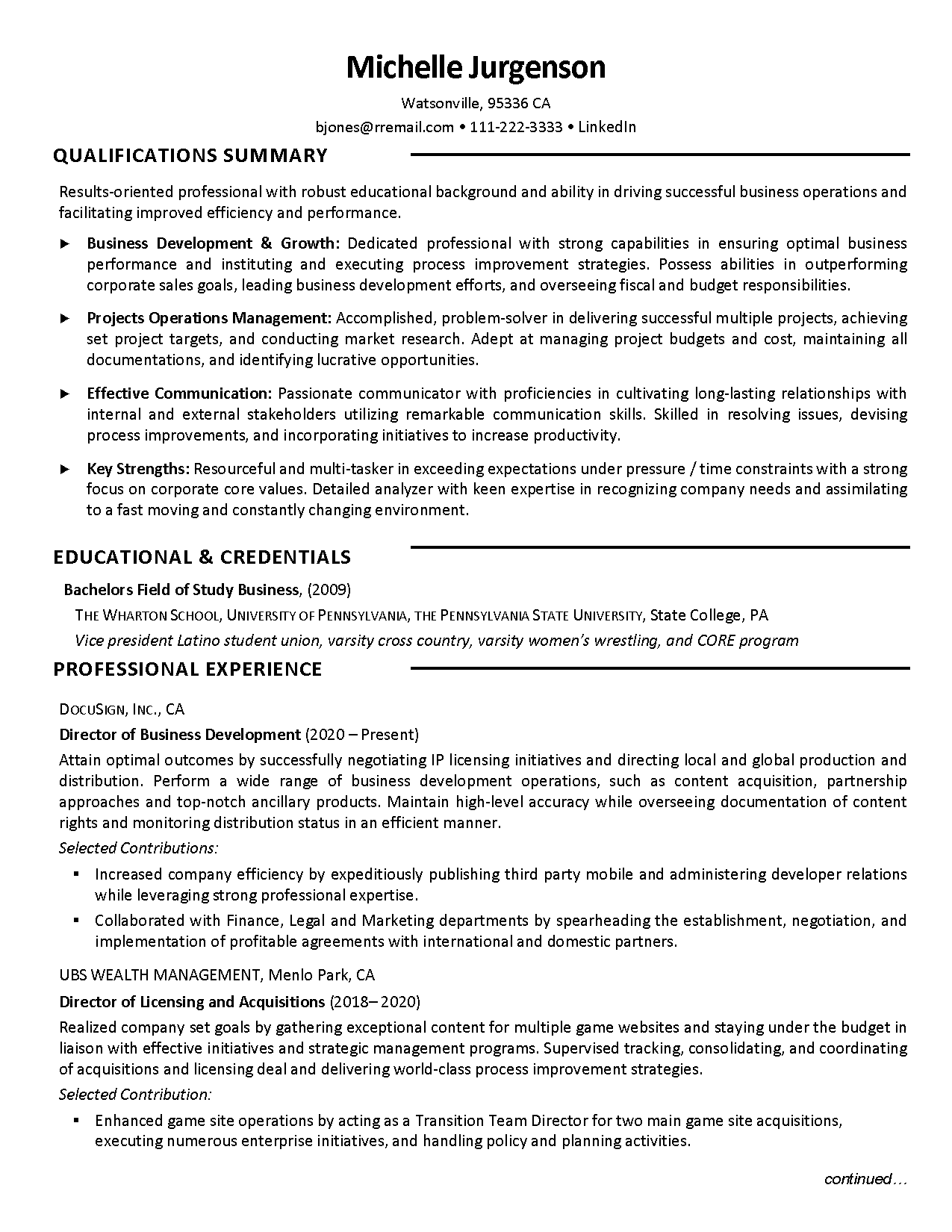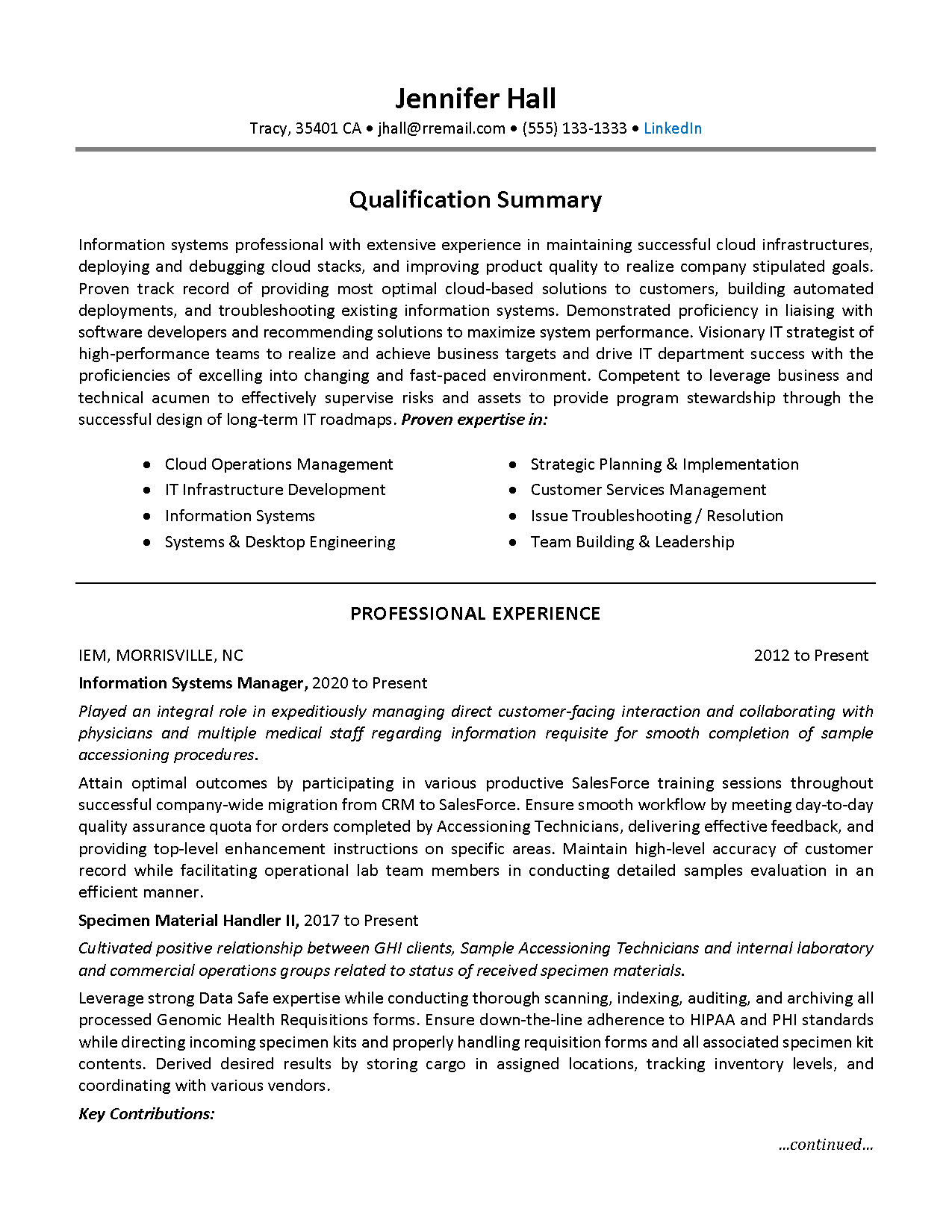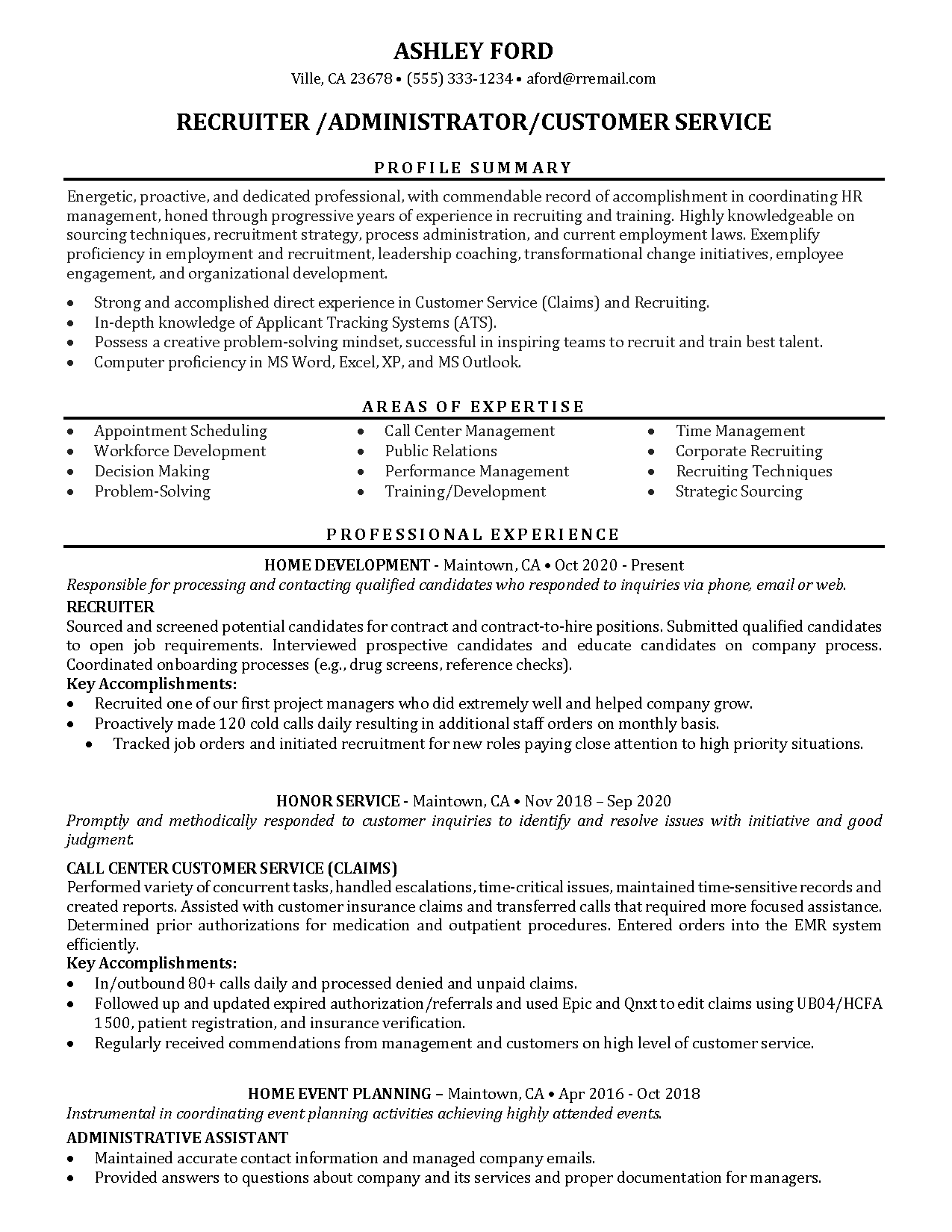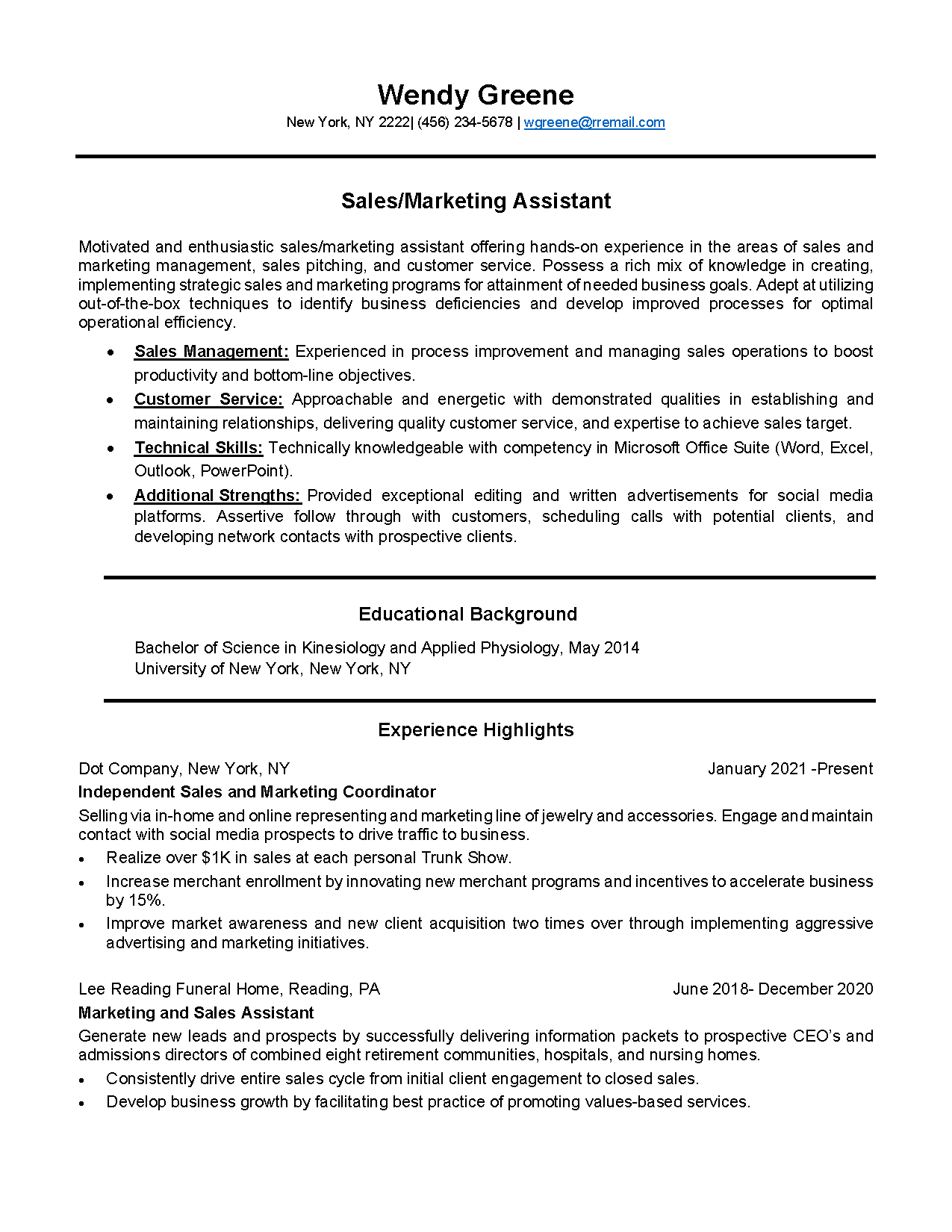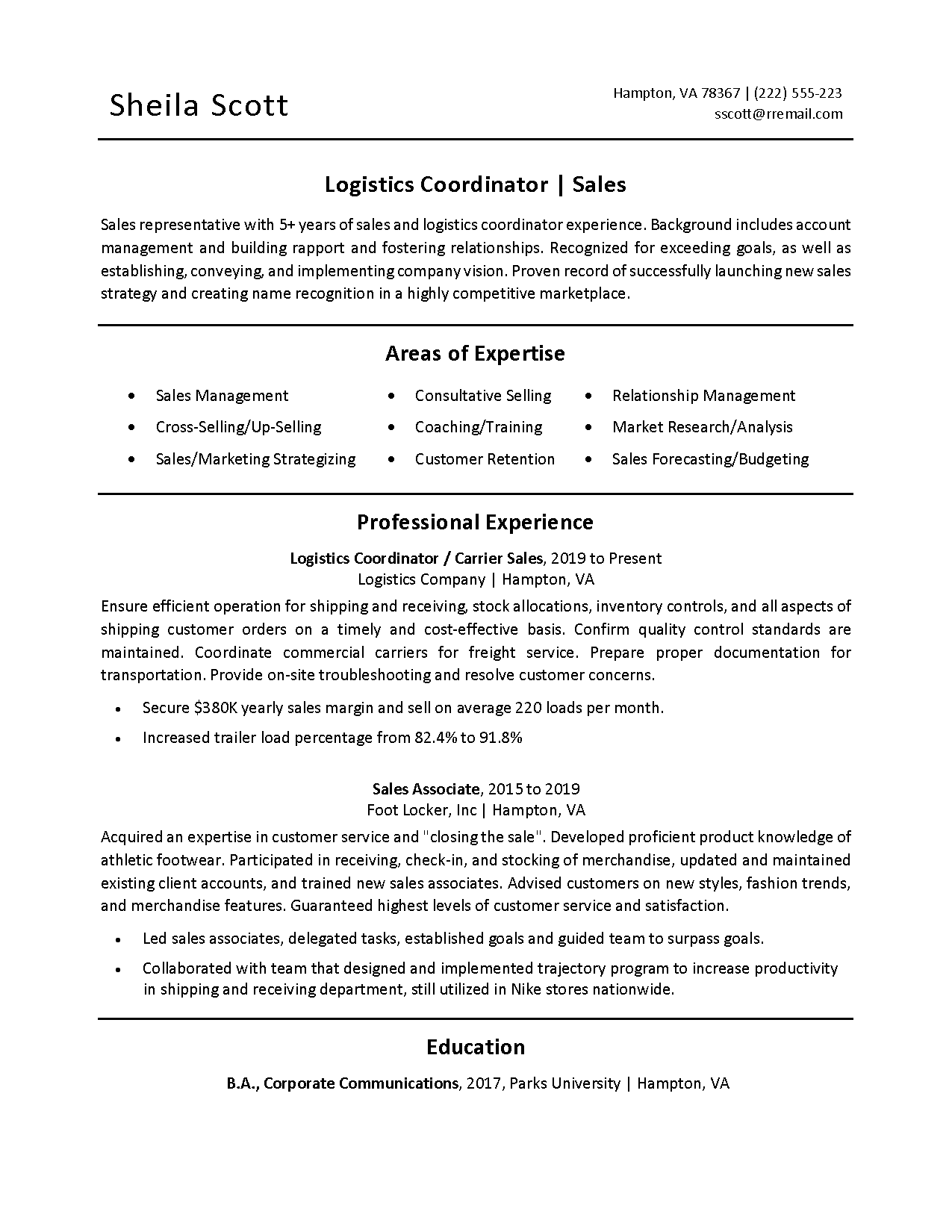
How To Name-Drop A Referral In A Cover Letter (6 Tips For Success)
Are you tired of sending out countless job applications and never hearing back? It’s time to step up your game and use every tool at your disposal. One of the most effective ways to stand out in a competitive job market is by name-dropping a referral in your cover letter.
But before you start dropping names left and right, some essential things must be considered. This article provides six tips for using name-dropping in your cover letter.
We’ve got you covered, from finding the right contact to getting their permission and avoiding common mistakes. So, get ready to impress your potential employer and increase your chances of landing your dream job.
What Should a Cover Letter Say?
To effectively name-drop in your cover letter, it’s crucial to understand what a cover letter should say and how to incorporate the referral concisely and relevantly.
A cover letter is a letter of introduction that accompanies your resume. It should be addressed to the hiring manager and include the company name and job title you’re applying for.
The opening paragraph should grab the hiring manager’s attention and explain why you’re the best candidate. When it comes to name-dropping in a cover letter, it’s essential to keep it brief and relevant.
You should only name-drop if you have a professional connection, mutual contact, or were inspired by someone at the company. Before name-dropping, you should obtain permission from the person you’re referring to and ensure the hiring manager can see why the connection matters.
It’s essential to be honest and avoid bragging about your connection in your cover letter. One way to find a referee is to look on and use LinkedIn. You can also ask colleagues, friends, and family members if they know anyone at the company you’re applying for.
Once you’ve found a referral, you should send them a copy of your cover letter and resume before you send it out, as it’s their reputation on the line. It would be best to thank them for their help and support. Following these tips, you can effectively name-drop them in your cover letter and help your application.
What Is Name-Dropping in a Cover Letter?
When showcasing your network in a job application, sometimes it’s not what you know but who you know that can make all the difference. Name-dropping in a cover letter involves mentioning a personal connection to catch the hiring manager’s attention. This can be a great asset if done correctly, as it emphasizes your experience and ability to work effectively with others.
If you have a connection at the company you’re applying for, mentioning them in the opening paragraph of your cover letter can help you stand out from other applicants. However, obtaining their permission before doing so is essential to keeping your name-dropping brief and relevant.
The hiring manager should immediately see the value of your connection without you sounding presumptuous or arrogant. Remember to focus on your experience and qualifications while demonstrating how the personal connection can benefit the position you’re applying for and the company you’re applying to.
By utilizing name-dropping in a cover letter, you can increase your chances of getting noticed and landing the job of your dreams.
Should You Name-Drop in a Cover Letter?
Incorporating a personal connection into your introduction could be a strategic move if you want to make a lasting impression on the hiring manager. In a competitive job market, standing out and mentioning someone who knows you and can vouch for your skills is crucial.
Your reputation is on the line, and a name drop in your cover letter could be the key to landing that interview. While some may argue that cover letters are becoming obsolete, letters are still important in the job search process.
A well-crafted cover letter can demonstrate your fit for the role and the company. By mentioning a referral in your cover letter, you can emphasize your ability to work effectively with others and show a connection with the company.
However, it’s essential to use caution when name-dropping in your cover letter. Always ask for permission before including their name, and keep the focus on your experience and qualifications.
Your connection in the cover letter should be brief and relevant, and the hiring manager should immediately see why the connection matters. Following these guidelines, you can use a referral in your cover letter to make a strong impression and increase your chances of landing the job.
How to Name-drop in a Cover Letter
Impress the hiring manager by incorporating a personal connection into your introduction and highlighting your ability to work effectively with others. One way to do this is to name-drop in your opening paragraph.
If you have a contact at the company you’re applying for, vouch for their credibility and mention their name and state when you worked together. This can make you stand out from other applicants who haven’t made a personal connection with the company.
Ensure you use the contact’s name correctly and have their permission to do so. Avoid sounding presumptuous or arrogant, as this can backfire and harm your chances of getting the job.
The focus should remain on your experience and abilities, with the referral as a supporting factor. Remember that a reference can only take you so far. While it can help get your foot in the door, it’s ultimately up to you to showcase your skills and qualifications for the manager position.
Use the referral to start the letter and highlight your ability to work well with others, but don’t rely on it as the sole reason you should be hired.
Tips for name dropping in a Cover Letter
Regarding name-dropping in your cover letter, it’s essential to be truthful, brief, and to the point.
Ensure that the person you’re mentioning is relevant to the job you’re applying for, and avoid boasting.
Getting their permission before using someone’s name is crucial as they are willing to put their reputation on the line.
Be truthful
Being truthful is essential.
Being honest when name-dropping in a cover letter is like laying a solid foundation for a house – it’ll support your entire job application and ensure your credibility.
Name-dropping emphasizes your experience and ability to work effectively with others, not boast about who you know. So, it’s crucial only to mention the name of someone within the company if you truly know them and have a relationship with them.
Include the company’s and hiring managers’ names, if possible, when you mention this connection. This will show that you’ve researched and are knowledgeable about the company and its personnel.
Additionally, mention in your cover letter how you know someone who works within the company and how that connection has influenced your desire to work there. Doing all this correctly and placing it at the beginning of your cover letter create a strong first impression and increase your chances of getting the job.
Keep it brief and to the point
Keeping name-dropping brief and to the point is vital to make a solid first impression. This emphasizes your experience and ability to work effectively with others. Remember that name-dropping is meant to mention a mutual contact as a referral for your job application. It’s not an opportunity to brag about your connections or stretch the truth.
Mention the connection in the opening paragraph. Hiring managers often rely on recommendations when making a hiring decision, so mentioning your connection early is crucial. However, keep it concise and relevant to the position you’re applying for.
Don’t forget to find out what terms your contact has with the hiring managers. Always ask for permission before using someone’s name in your cover letter. If you’re struggling to craft a compelling cover letter, consider using a cover letter builder. By following these tips, you’ll come recommended and increase your chances of landing the job you’re applying for.
Make sure it’s relevant to the job
Now that you know to keep your name-dropping brief and to the point, let’s move on to the next tip: make sure it’s relevant to the job.
You don’t want to name-drop just for the sake of doing so, as it can come off as desperate and insincere. Instead, you want to find someone you know at the company who can vouch for your skills and experience and explain why you’re a good fit for the role.
Research the company and the job description before you name-drop in your cover letter. Ensure the person is connected to the role you’re applying for. If they work in a completely different department or are unaware of the job duties, their reference may not carry as much weight.
Be specific about the role name and the company’s name when mentioning your contact at the company. This shows you’ve done your due diligence and are genuinely interested in the position.
Don’t boast
Avoid coming off as arrogant by refraining from boasting about your achievements when mentioning your connections in a cover letter. Remember, mentioning someone’s name in your cover letter emphasizes your networking skills and demonstrates your ability to work effectively with others. Boasting about your accomplishments could undermine this message and make you appear narcissistic.
Instead, focus on how your connection to the company or the person who referred you to the job can benefit the company. Briefly mention how you know the person and their connection to the company. Use their name to add credibility to your application and show that you’ve done your research.
The opening paragraph can help set the tone for the rest of your cover letter, so craft it carefully and thoughtfully.
Get permission to use your referral’s name
Before including your contact’s name in your cover letter, getting their permission to use their name is crucial. You don’t want to come across as presumptuous or invasive.
Even if you have a mutual acquaintance or connection at the company, it’s always best to ask for permission in a professional way. One way to obtain consent is by contacting your mutual connection on LinkedIn or through email.
Let them know you’re interested in the job and that you’ve included their name in your cover letter. Ask them if they’re comfortable with you using their name and if there’s anything specific they’d like you to mention.
By doing so, you not only show respect for your mutual acquaintance but also increase your chances of getting noticed by the hiring manager in a positive light. Honesty is always the best policy regarding name-dropping in a cover letter.
Send your referral a copy of your cover letter before you send it out
Once you’ve obtained permission, ensuring that your approach is effective is crucial. Sending your referral a copy of your cover letter before submitting it to the hiring manager can help you achieve this goal.
By doing so, you can ensure that your name-dropping is contextually relevant and not presumptuous or invasive. This step is crucial because it allows them to see how you plan to use their name in your cover letter and provide feedback on improving it.
Additionally, it shows that you respect their opinion and value their input. Sending a copy of your cover letter helps avoid miscommunication or misunderstanding and maintains your connection with them.
Remember, the goal is to impress the hiring manager and demonstrate how your connection with your referral can benefit the company.
Conclusion
Congratulations! You’ve made it to the end of our article on how to name-drop a referral in a cover letter. By following our six tips, you’ll be well on your way to standing out in a crowded job market and impressing potential employers.
Imagine confidently entering your dream job interview with a well-crafted cover letter highlighting your experience and connections. As you mention your referral, the interviewer’s eyes light up, and you can feel the momentum shift in your favor.
With the power of name-dropping, you can make a lasting impression and increase your chances of getting hired. Remember, name-dropping isn’t about using connections to get ahead – it’s about showcasing your ability to work effectively with others and emphasizing your relevant experience.
So go out there, find the right contact, and use these tips to craft a winning cover letter. Who knows? Your dream job could be just a name-drop away.






